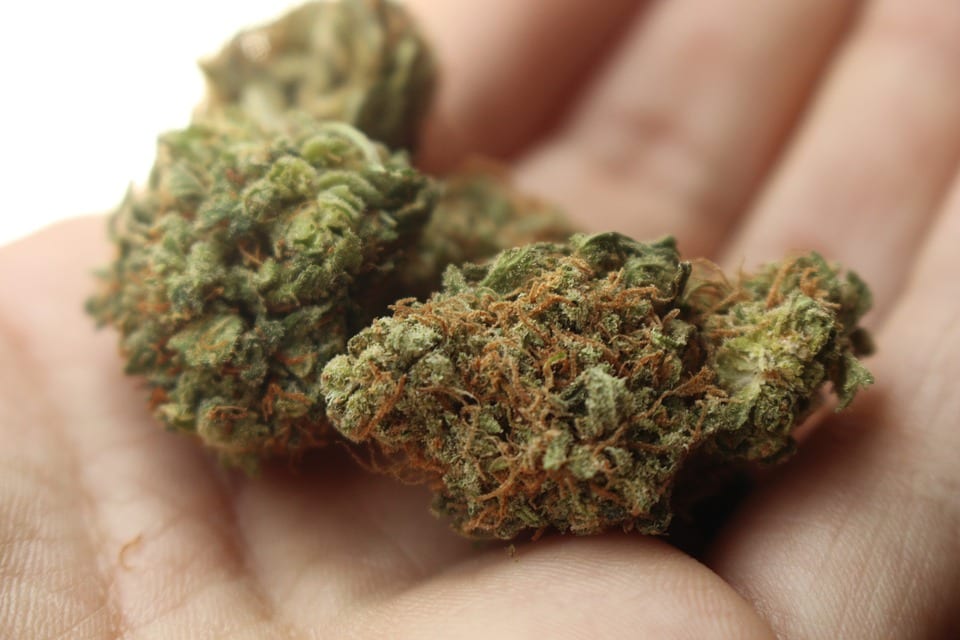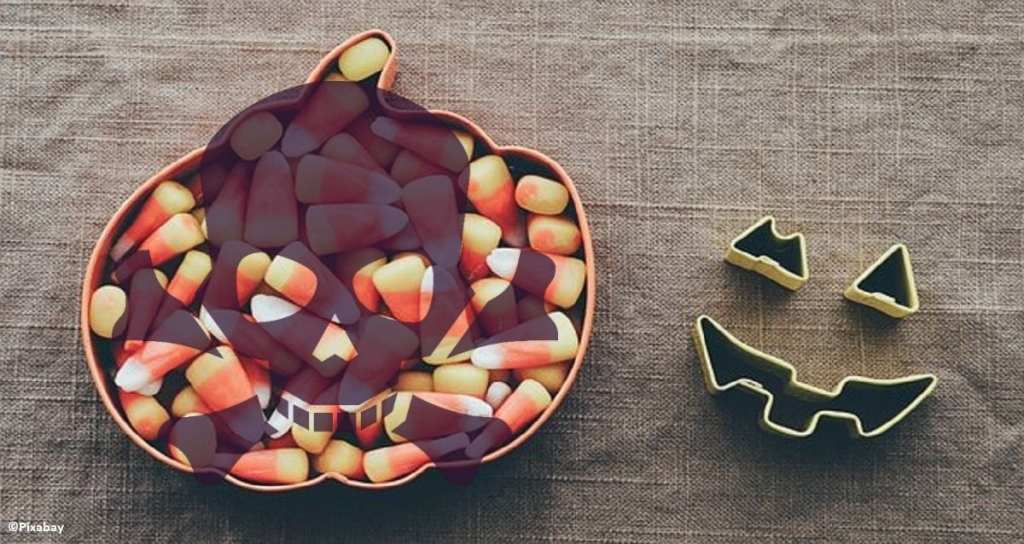Trending Now
Halloween season is upon us, which means it’s time to stock up on candy, figure out your costume, and of course, get the bejeezus scared out of you by all those reports of people getting poisoned by tainted candy. From razor blades in apples (who even gives or accepts apples anymore, btw?) to poisoned Pixie Stix, is no one safe from these random madmen trying to ruin every kid’s favorite holiday?
Greatest Halloween Fear: finding a razor blade in an apple!
byu/Eraser-Head innostalgia
Well… that’s the thing. It turns out that the threat of danger around Halloween – a phenomenon so common it’s come to be known as “Halloween sadism” – is about as realistic as an 8-year-old’s ghost costume. It seems just about everyone has a “friend of a friend” that something bad happened to, or heard some local report about a poor, innocent child getting jacked up by bad candy.
And yet every formal investigation of these claims has turned up nothing.

Photo Credit: Pixabay
Dr. Joel Best, Professor of Sociology and Criminal Justice at the University of Delaware, has spent a lot of his career investigating Halloween sadism. He’s pored over newspapers from major metropolitan areas looking for qualified reports that could be considered Halloween sadism.
Reports were considered qualified if they specified the location the incident occurred, as well as how the treat was contaminated.
Interestingly, Dr. Best found that although the media puts out plenty of warnings about Halloween sadism, they haven’t reported many actual incidences of it occurring.

Photo Credit: University of Delaware
What’s more, the reports he studied also turned up zero evidence of anyone actually being harmed by tainted candy. In cases where there actually was suspect candy involved, the trickery was unraveled long before anyone could be hurt by it. More often than not, it was the work of some kids trying to be pranksters and scaring their parents.

Photo Credit: Pixabay
Of the incidences associated with Halloween sadism where someone was reported as hurt/killed, the causes in every case had nothing to do with Halloween candy. The most famous case was the death of 8-year-old Timothy Marc O’Brien in Houston, Texas, in 1974. After the boy died of cyanide poisoning from a tainted Pixie Stix on Halloween night, the media and the boy’s father were quick to sensationalize the news. However, a criminal investigation quickly found that the father, Ronald Clark O’Bryan, was the culprit.
He had purchased cyanide recently, and none of the houses his kids visited that night were giving out Pixie Stix. Ronald had given the poisoned candy to his other three kids as well, but by some stroke of fate, none of them ate it. The fact that the children’s lives were insured for a substantial sum was pointed to as motivation for the cold-hearted murder.
Ronald received a death sentence for his crimes, and was executed in March 1984.

Photo Credit: Houston Chronicle
Another famous example involved a young boy in Detroit who slipped into a coma after eating some Halloween candy, eventually dying of a heroin overdose. Initial analysis found the drug had been sprinkled on his candy bars, and naturally the media went wild with it. What they didn’t report were the conclusions of the investigation (which came out well after the story had already been widely circulated). It was found that the boy had accidentally gotten into his uncle’s heroin stash and poisoned himself, and the family sprinkled the candy with drugs after the fact to protect the uncle.
Other notable cases where Halloween sadism was quickly and mistakenly blamed include that of a man who died (of an unrelated heart failure) while eating his child’s Halloween candy, a woman who died (from a non-contagious bacterial infection) after eating some Halloween candy, and a little girl who died (of a congenital heart failure) while trick-or-treating.
In one bizarre and somewhat amusing turn of events, a group of kids in Hercules, California once ended up with packets of marijuana disguised as Snickers bars. This happened because some enterprising drug dealer tried to mail said packets to a client, but he put incorrect postage on the package, so they ended up in the dead letter office. From there, a postal employee took them home assuming they were regular candy, and…you can guess the rest.

Photo Credit: Pixabay
While it’s safe to say that the idea of some mad trickster poisoning candy seems to be confined to the realm of urban legends, it’s sad to say that instances of inserting objects like razors or needles into treats have actually happened. Luckily, as with reported poisonings, the actual harm from these incidents has been extremely minimal, and the culprits were almost always just kids trying to pull a prank that they didn’t fully think through.
The biggest common thread that all of these stories share is a public willing to believe any horror story they hear without looking into it further. It’s made worse by a media machine that knows these yarns sell more papers than reporting the full story ever could, and that feels pressure to report the story now rather than wait for the truth. Actual investigations are a slow, painstaking process – they have to be because the truth matters a LOT in those situations. But by the time the real truth comes out, the damage is already too widespread.
Basically, all you need to know is that Halloween sadism is the original “fake news.”






